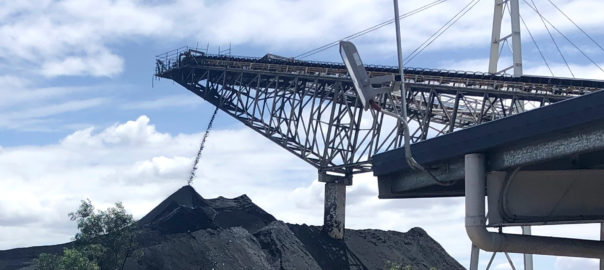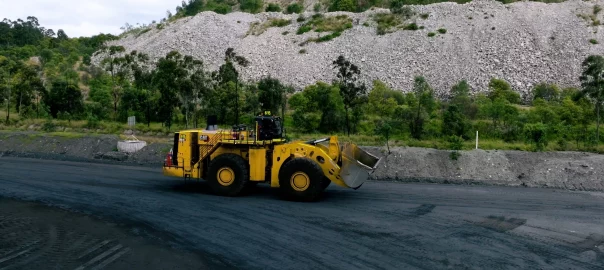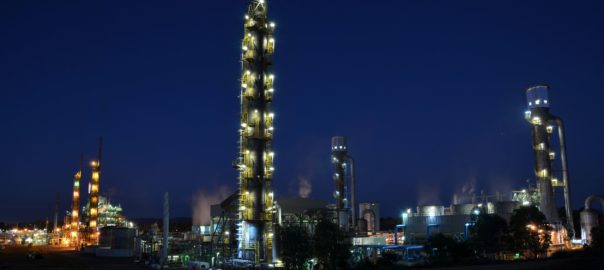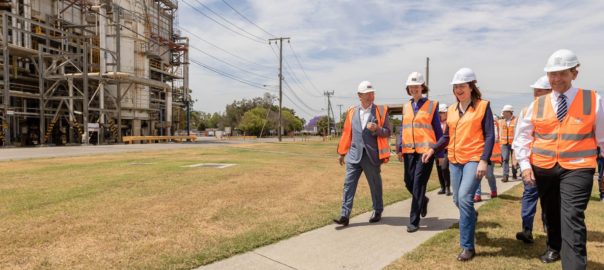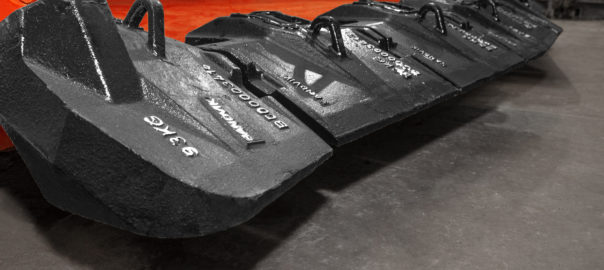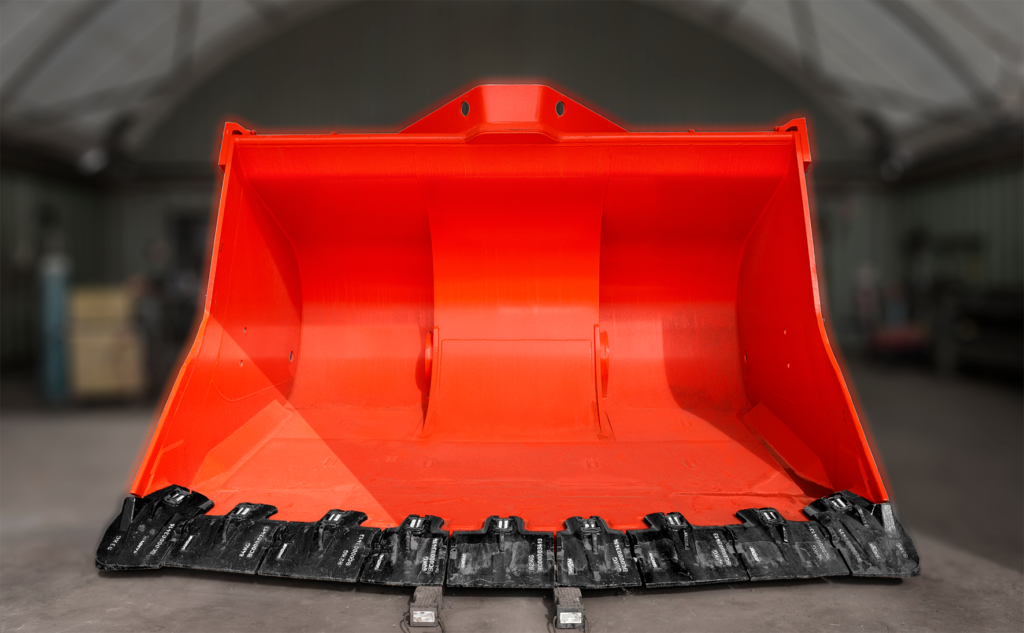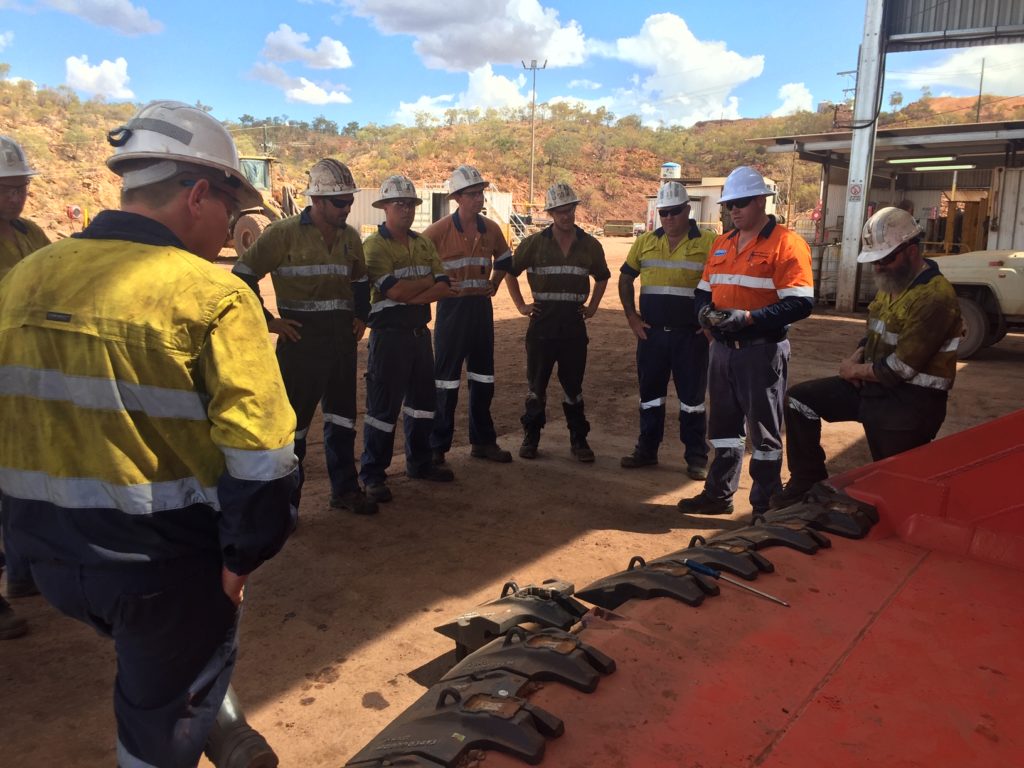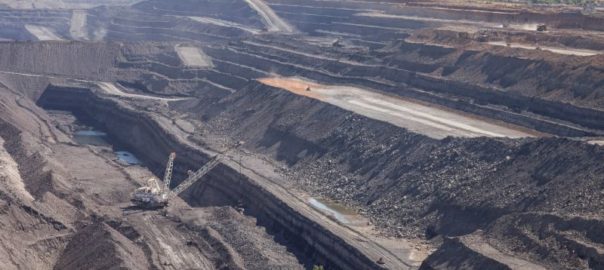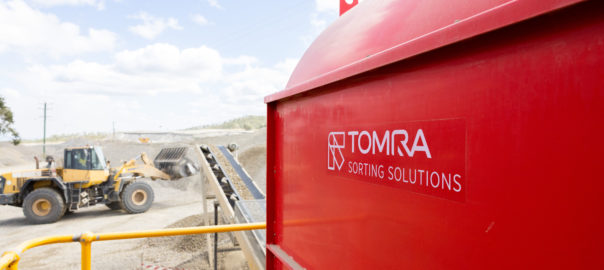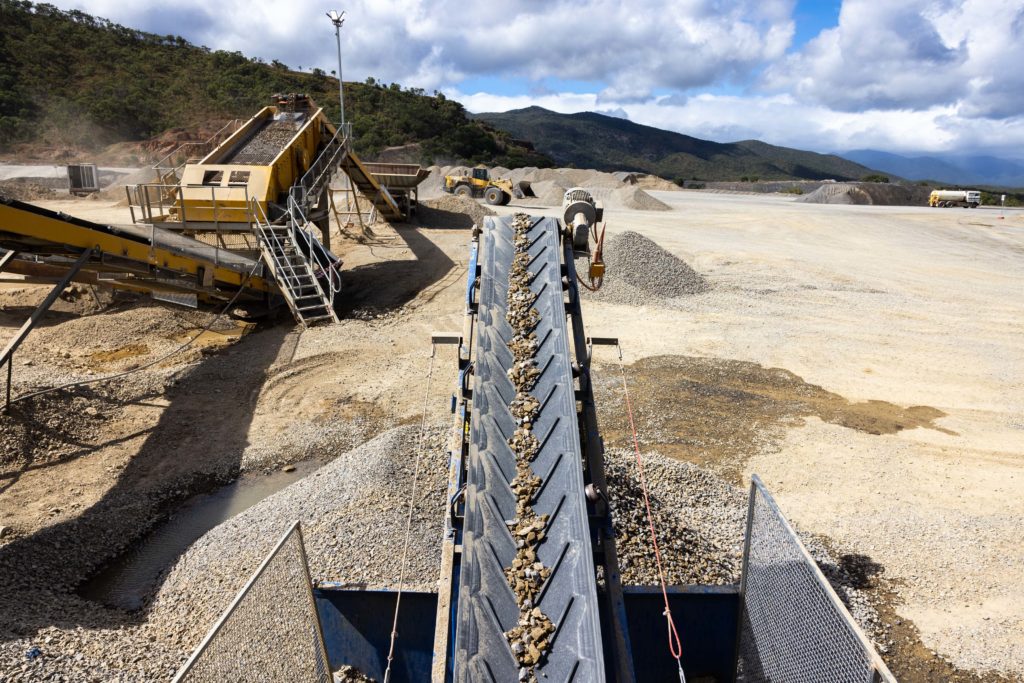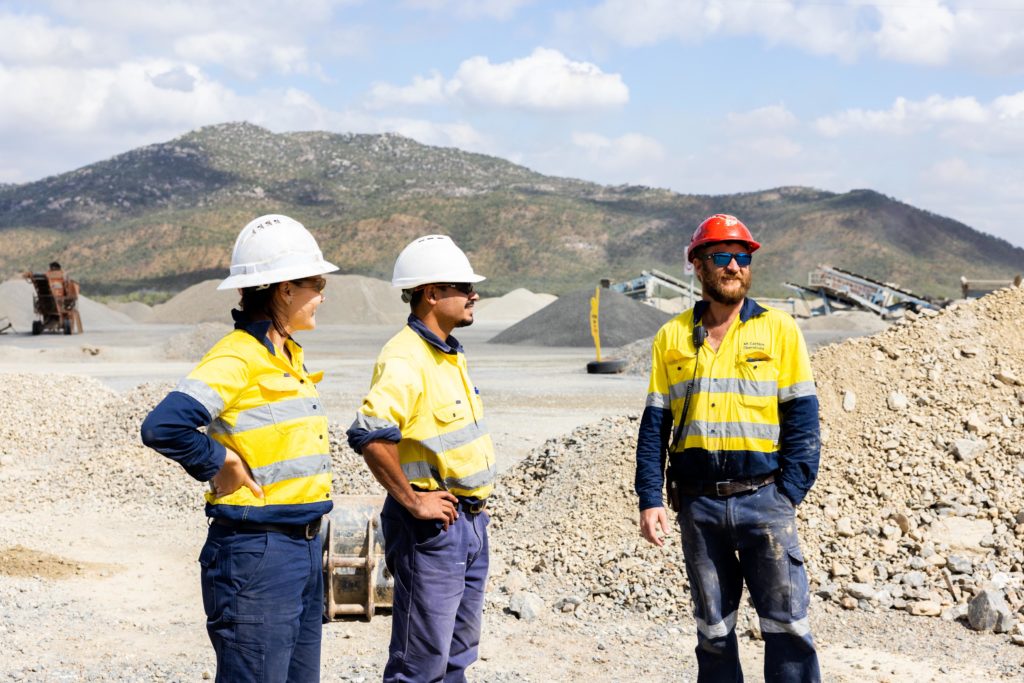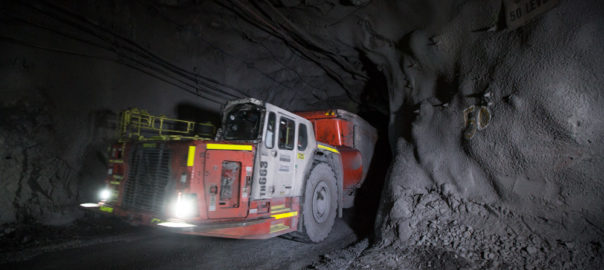The Queensland Government has committed funding to “reinvigorate” the Mount Morgan gold mine in the state, backing the tailings processing plans of Heritage Minerals, Treasurer and Minister for Trade and Investment, Cameron Dick, has confirmed.
“From its proud history as the world’s largest gold mine in the early 1900s, Mount Morgan has been under State Government management to remediate legacy environmental and safety risks for nearly 30 years,” Dick said.
“Heritage Minerals’ proposal to establish a tailings processing plant on the site is a gamechanger with the potential to process nearly 10 Mt of existing gold ore tailings, recovering an estimated 263,000 oz of gold and 5,600 t of copper.”
Heritage is planning to do this by leveraging the GreenGold Engineering-owned ReCYN resin-based technology, which has been shown on other projects to reduce cyanide consumption by up to 50% through capturing free cyanide from plant tailings and recycling it back into the leach circuit.
Dick says Heritage’s plans include the construction of a new water treatment plant to lower the level of contamination in the open pit, treat all water captured by the site’s seepage interception system, and help meet regulatory requirements for the release of treated water into the Dee River.
“While the Queensland Government’s support for Heritage Minerals’ proposal through our Investment in Queensland program is subject to the project also receiving Commonwealth Government and private sector financial support, our backing is a key step forward,” he said.
Heritage Managing Director, Malcolm Paterson, said the Queensland Government funding would allow preliminary work of the environmental rehabilitation of the old mine site to recover gold and copper from the mine tailings to now get underway to deliver a project with the potential to support jobs for another 100 years.
“The Mount Morgan mine created so much wealth and prosperity and had wide-ranging impacts, including providing the impetus for the establishment of BP (British Petroleum) as well as the Walter and Eliza Hall Institute, Australia’s oldest medical research institute,” he said.
“During the mine life, about 250 t of gold and 360,000 t of copper were extracted from the mine with about 134 Mt of waste rock and tailings generated. Our project will respect and protect that proud history, and create new jobs and opportunities for the future of Mount Morgan and the broader region.”
Paterson said Heritage has been working closely with the Queensland Government, which has managed the site as an abandoned mine through the Department of Resources, the Australian Government through the Northern Australia Infrastructure Facility and Rockhampton Regional Council on local procurement and job creation.
“All our key permits and approvals, including our environmental authority, are now in place,” he said. “Once we finalise funding and finance approvals with the Australian Government, which we expect within coming weeks, we can commission further preliminary works. These works include an access road, administration buildings and a drain to divert freshwater captured on the site to a freshwater water storage as a new way to lessen acid mine drainage that emanates from the site.








